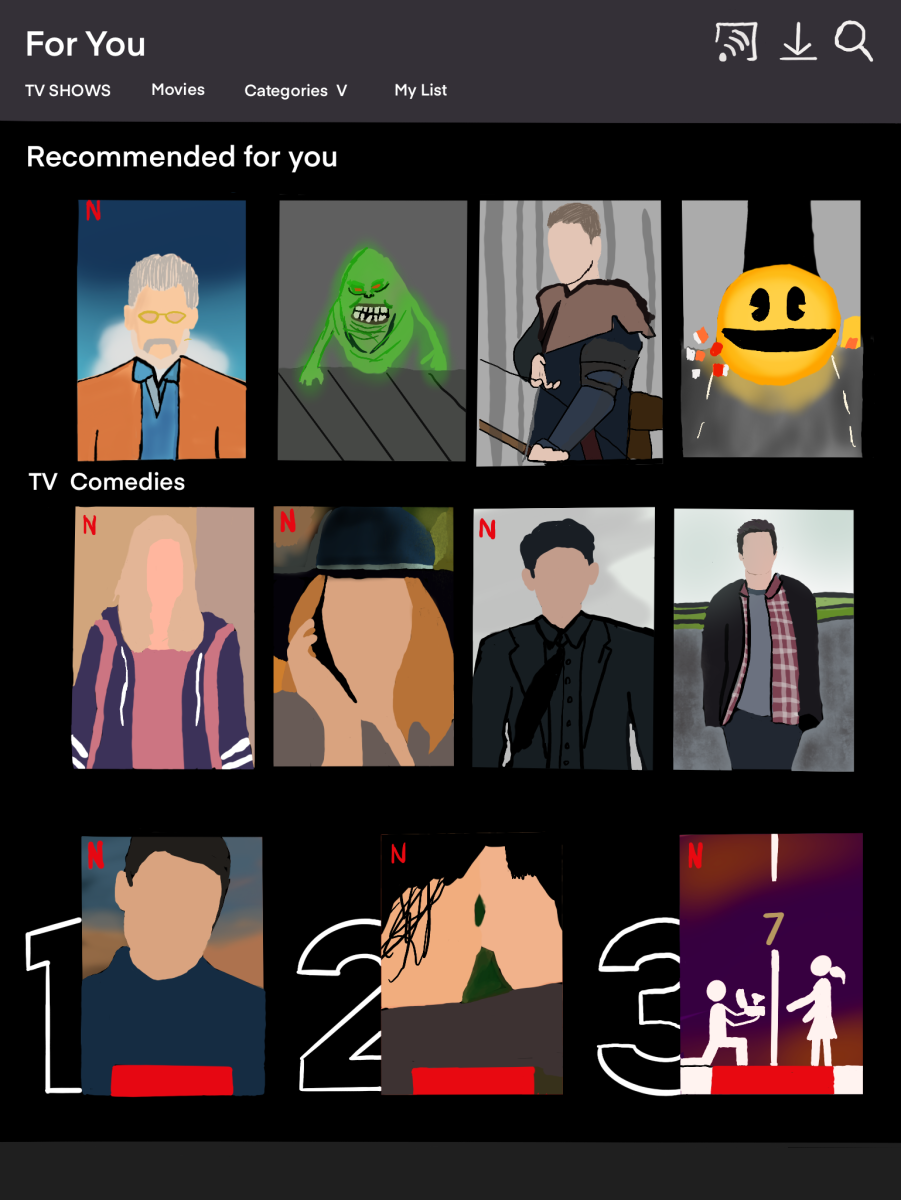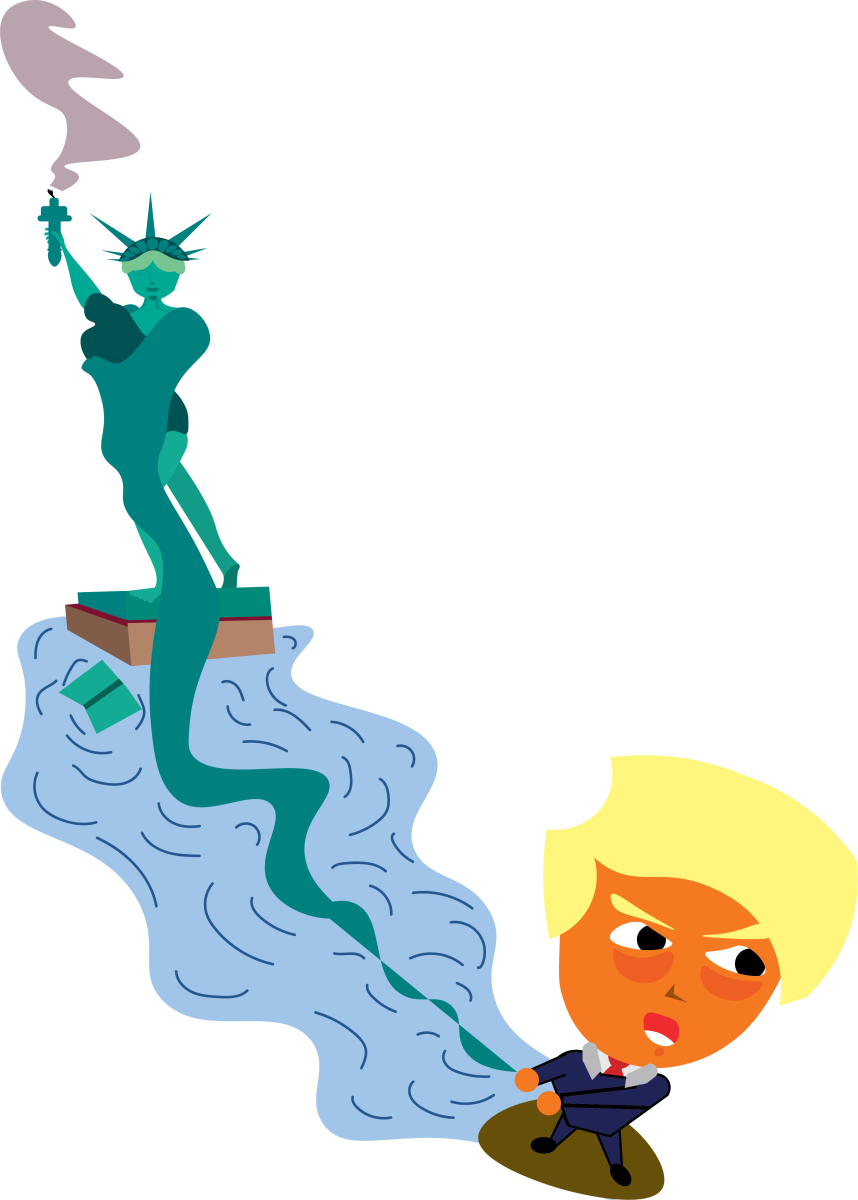During the lockdown, we relied on our various streaming services to survive being cooped up in our houses. Even now, we still use these services to watch our favorite shows, like “A Series of Unfortunate Events” (2017) and “Squid Game” (2021). Recently, there has been a trend with streaming services like Netflix coming out with new shows and deciding not to renew the show for another season a month after release, even if the last few episodes ended on a cliffhanger.
Here are some canceled shows that should have gotten a second season: “Julie and the Phantoms” (2019), “Lockwood & Co” (2023) and “Resident Evil” (2022) just to name a few. As someone who uses Netflix regularly, this is a disappointing trend — especially if viewers are paying between seven to twenty-three dollars a month for Netflix.
On 29 Aug., Netflix introduced a new original series titled “Kaos”; a modern retelling of Greek mythology that follows Zeus, played by Jeff Goldblum, as he discovers a wrinkle on his forehead. Convinced it means his reign is ending, he spirals into paranoia, determined to defy his prophecy while his former friend and now prisoner Prometheus plots against him. Meanwhile, three unsuspecting humans are destined to play a role in saving the world.
I was excited for this show to continue after finishing it, and I can say it was one of my new favorite shows. “Kaos” was not only in Netflix’s top ten but also received a 76% rating on Rotten Tomatoes with positive reviews from critics and audiences alike, which should have warranted a renewal. However, according to Variety, Netflix defines a view as the total run time divided by the total hours viewed.
As an avid Netflix consumer, it sucks that many shows that have promising plots that could lead to many seasons are only getting to tell their story for a short time, and despite positive reviews from fans and critics, Netflix chooses to cancel the shows.
However, their formula for calculating views does make sense. If a show does not get a certain amount of views from its release, it means its consumers are not interested in the series. This is one of many instances that leads to a show’s cancellation. But with everyone no longer being stuck home like we were in quarantine, it stands to reason that shows are not able to gain as many views in the first week of its release.
I cannot speak for everyone, but this trend of new shows dropping only to be canceled makes me wonder: “What’s the point of watching it if it will be canceled a month later?” As someone who loves watching TV, I do not want to have this question in the back of my mind as I choose a new show to watch. While I understand why Netflix uses this formula, I think it could be improved so that shows have enough time to be viewed and enjoyed while also weeding out shows that do not have much traction—it sounds like I agree with the formula, but I do not.
When a new series drops, it deserves time to find its audience and be seen. A month is not enough time for a show to find its following, especially if it has not been advertised as much as other shows. For “Kaos” I only saw it in my recommendations for a little bit before I watched it, and with “Resident Evil” I played the games, so when I heard it was getting a Netflix series adaptation I was eagerly waiting for the release date to watch it.
Whether Netflix and other streaming services decide to keep doing this trend makes me wonder how it will affect not only their current subscribers but also future ones who won’t expect their favorite shows to be canceled. To be honest, If I did not have Netflix original shows that I continue to love and watch, I would cancel my subscription. Sure, I might sound picky about my choices, but I want to be able to watch and enjoy a show instead of fearing its cancellation due to low views or the high cost of production.
Why is Netflix a part of Cancel Culture?
Aiyana Cleveland, News Reporter
October 29, 2024
Categories:
Illustration for Netflix for Aiyana
Story continues below advertisement
0
More to Discover













